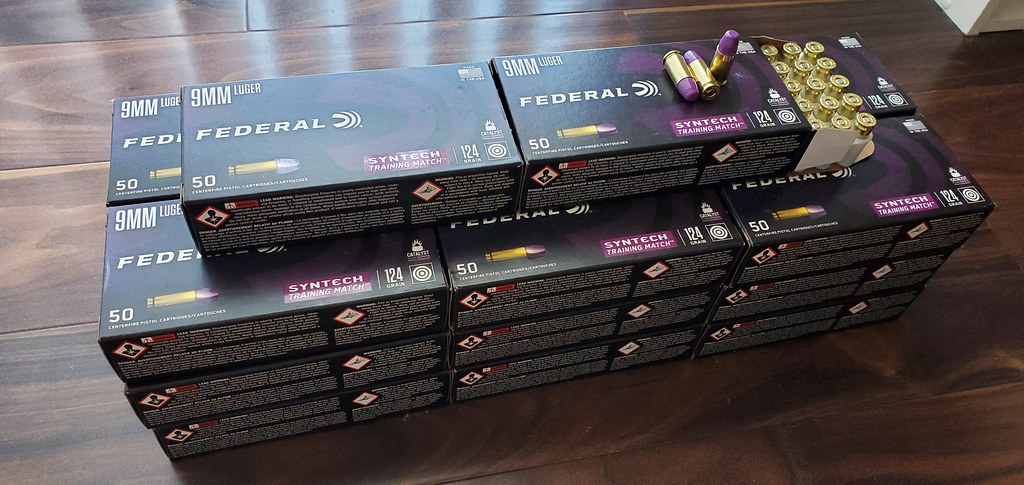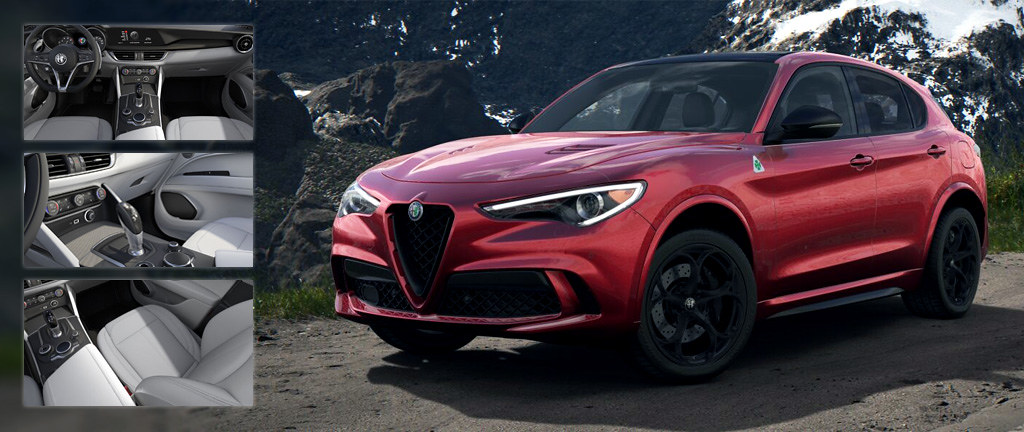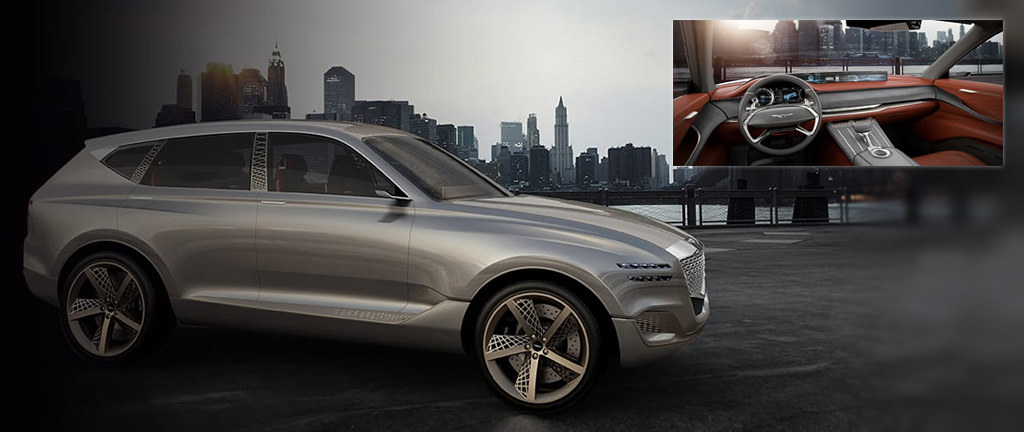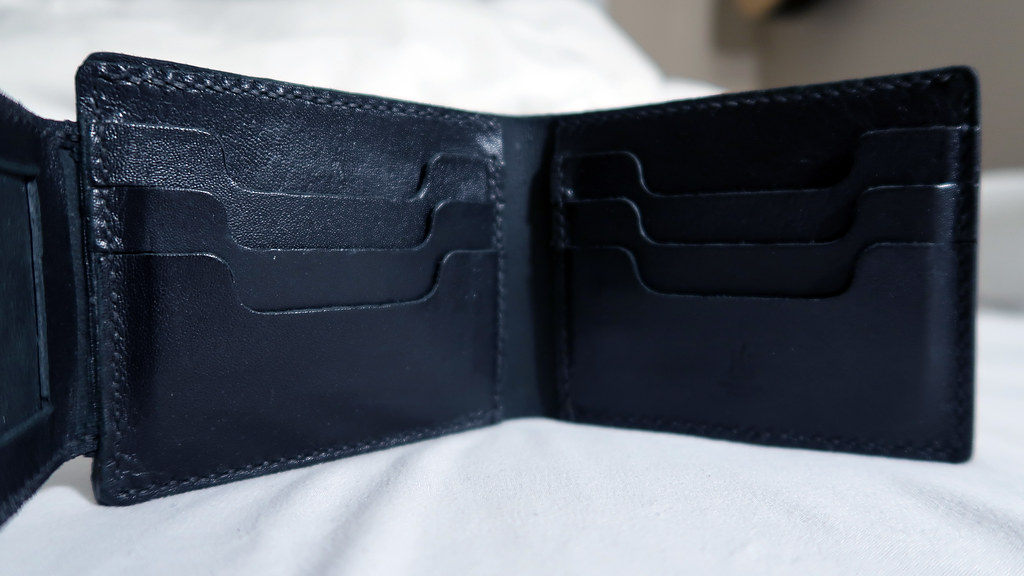There’s been a lot of news popping up lately about the new Ram 1500 Rebel TRX, a new off-road pickup truck that’s supposed to compete with the Ford F-150 Raptor. Because my favorite vehicle is the Ram Rebel, and because I’ve spoken out in the past about how overrated the Raptor is, I’ve had an increasing number of people coming to me lately asking why I haven’t bought a Rebel yet, and if it was because I was waiting for the TRX to come out.
I figured this would be a good time for me to lay out the four main reasons why I haven’t bought a Rebel yet:
-
Ram Rebels are inconveniently large as a daily driver.
Even though this might not make much sense to most people, I’ll start with the raw numbers. Right now, I have a GMC Canyon, a mid-size pickup truck with stock dimensions of 212″ L × 74″ W × 71″ H. With the grille guard and leveling kit I have installed, the modified dimensions are ~220″ L × 74″ W × 73″ H. In comparison, a stock Ford F-150 of the same base configuration (basically, the “normal” family pickup truck you see on the street) would be 232″ L × 80″ W × 75″ H. A stock Ram Rebel measures 233″ L × 82″ W × 78″ H. If I were to even go as far as to get a conservative leveling kit, the height would hit 80″.
In a language that can be understood by normal people and not just truck fanatics who are also mathematicians, trucks are big. Compared to the Toyota Corolla, the most popular car of all time, the Rebel is more than four feet longer, a foot wider, and almost two feet taller. Having a longer vehicle means a higher chance of swiping things with your sides while turning. Having a wider vehicle makes maneuvering more difficult; anything over 80″ is basically considered a commercial vehicle and requires extra clearance lighting to be installed. Having a taller vehicle means you might not fit in every parking garage.
I live on the Las Vegas Strip and I drive to Los Angeles relatively often; neither of those places are too friendly towards huge pickup trucks. You generally won’t face any problems if you drive a Rebel out in the suburbs, but once you get into the bustling city, navigating narrow roads and trying to slide into parking spaces becomes a big hassle.
To be clear, these hassles aren’t just theoretical; I’ve personally faced these issues first-hand, even when driving just a regular pickup truck. There are some hotel parking garages on the Strip with insanely low ceilings, and I’ve gotten dangerously close to maxing out the clearance, even in my mid-size pickup truck. I’ve ridden in a Ford F-150 through an Orange County parking garage and the antenna kept scraping up against the ceiling. Trying to get into the Tempo team house garage requires a five-point turn with a full-size pickup truck even with the “perfect” angle, and parking at the Tempo studio requires taking up two parking spots. U-turns at city intersections become k-turns. Imagine how worse all of this would be with an even bigger truck.
If I lived somewhere out in the Midwest suburbs and had no reason to ever drive into the city, I might’ve already gotten a Rebel, but with my current living and work situation, my adoration of the truck doesn’t outweigh how inconvenient my life will become. Realistically, I only ever see myself getting an oversized off-road pickup truck after I get married, assuming my wife will have a smaller vehicle and I can take her’s when I know I need to drive somewhere cramped.
-
Fiat Chrysler is notorious for reliability issues.
I had to think very long and very hard before deciding to buy a GMC Canyon over a Toyota Tacoma, because one thing I prioritize very highly is reliability. Toyota Tacomas are known for basically running forever, and that’s definitely something I want.
Unfortunately, Fiat Chrysler Automobiles, the group behind the Ram brand, is notorious for having severe reliability issues. Recent reports have shown that they’ve improved their build quality substantially, but I’m still very hesitant to jump into a Ram truck until I wait it out for a few more years and see if critics of the future still agree that Ram is getting better.
I also know a handful of people who own Ram Rebels who have been complaining about a lot of problems coming up. Most of the issues are (relatively) minor, like the back-up camera showing up as a blank blue screen or the infotainment system not booting up at all, but some of them are also pretty significant, like clunking sounds coming from the powertrain. What’s even worse is that I’m hearing people are having trouble even getting the dealership to fix the problems at all—they would put in a work order and get the truck returned in “fixed” condition, but the problem would just come back days (or even hours) later.
-
All-electric pickup trucks are coming out soon.
I have enough to say about all-electric pickup trucks that this could be its entirely own blog post, but long story short, I want my next pickup truck to be an electric one. Definitely not a Cybertruck, but still an electric truck.
In summary, I think the pros of electric trucks already outweigh the cons, but for my situation in particular, the cons aren’t even that bad, so it becomes a no-brainer to snatch one of these up once they’re in production.
The timing of electric pickup trucks entering the market is actually perfect with the schedule of me having bought my GMC Canyon in 2018. I’ve been having some severe transmission issues with the Canyon, so I definitely want to get rid of it before the five-year powertrain warranty runs out. That puts us at mid-2023, which is about a year or two after electric trucks should already be on the market; that will give manufacturers enough time to troubleshoot any problems they find in the first couple years. So, I’ll be getting a new truck, but not a so-new-that-it’s-broken truck.
I’m actually very happy with how this timeline turned out and love when things fall into place, so I’m definitely not going to go out of my way to mess it up.
-
I’m not rich enough to get a new vehicle after less than two years.
Just because you can afford something doesn’t mean you should buy it. I bought my GMC Canyon in late 2018, so already trading it in now for a new truck would be an absolutely devastating depreciation hit. If my truck were new and I counted the value of all the modifications, it would MSRP for over US$40,000.00. If I try to sell it now, I’m fairly certain I wouldn’t be able to get more than US$30,000.00.
I’m still relatively young and there’s a lot that I want to save for. Going $10,000 negative on a truck, then proceeding to buy another new truck and going another $15,000+ negative again in the next two years… that sounds like financial suicide.
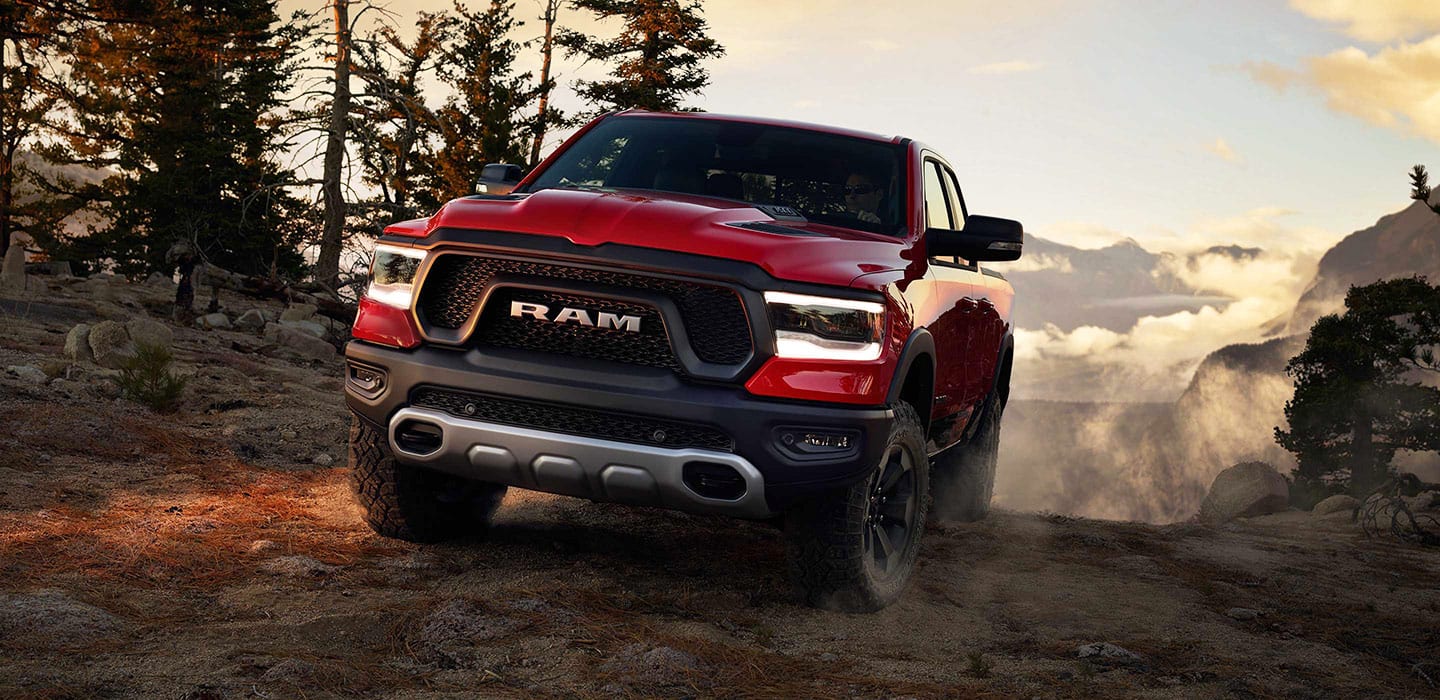
I think it’s clear now that I’m not opting not to buy a Ram Rebel yet just because I’m waiting for the Ram Rebel TRX. Not only is the TRX going to be even wider and taller than the regular Rebel—so it’s even more impossible for me to use it as a daily driver—but it’s speculated to have a 707 horsepower Hellcat engine, so it’s not going to be an electric truck.
With that being said, I am equally as excited for the TRX as anyone else, even if there’s basically a 0% chance I’m going to get it. Just last week, there was some footage released online of what appeared to be a camouflaged TRX out in the wild in the Las Vegas desert. A few days ago, there was also a spy shot of the console area where there’s a graphic of a tyrannosaurus rex dwarfing a truck—this is suspected to be Ram throwing shade at Ford because of how much larger a T-Rex (“TRX”) is compared to a raptor.

